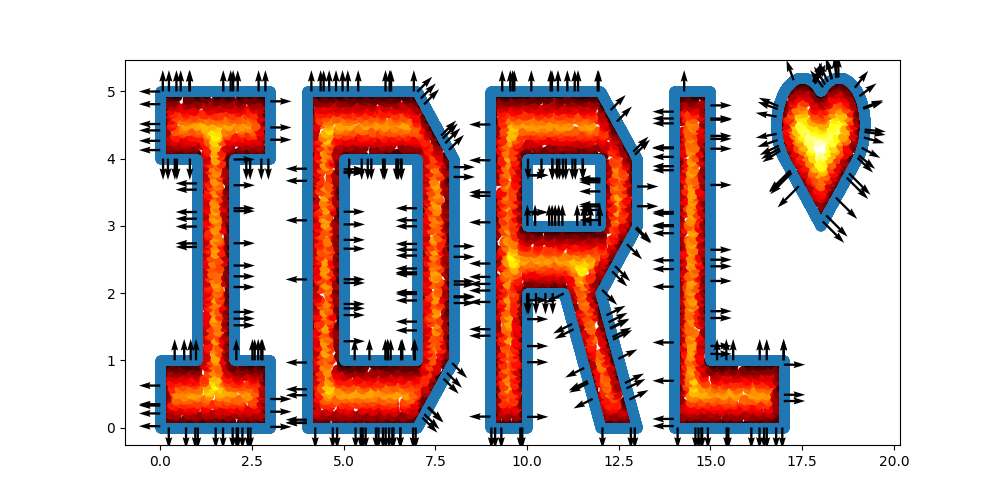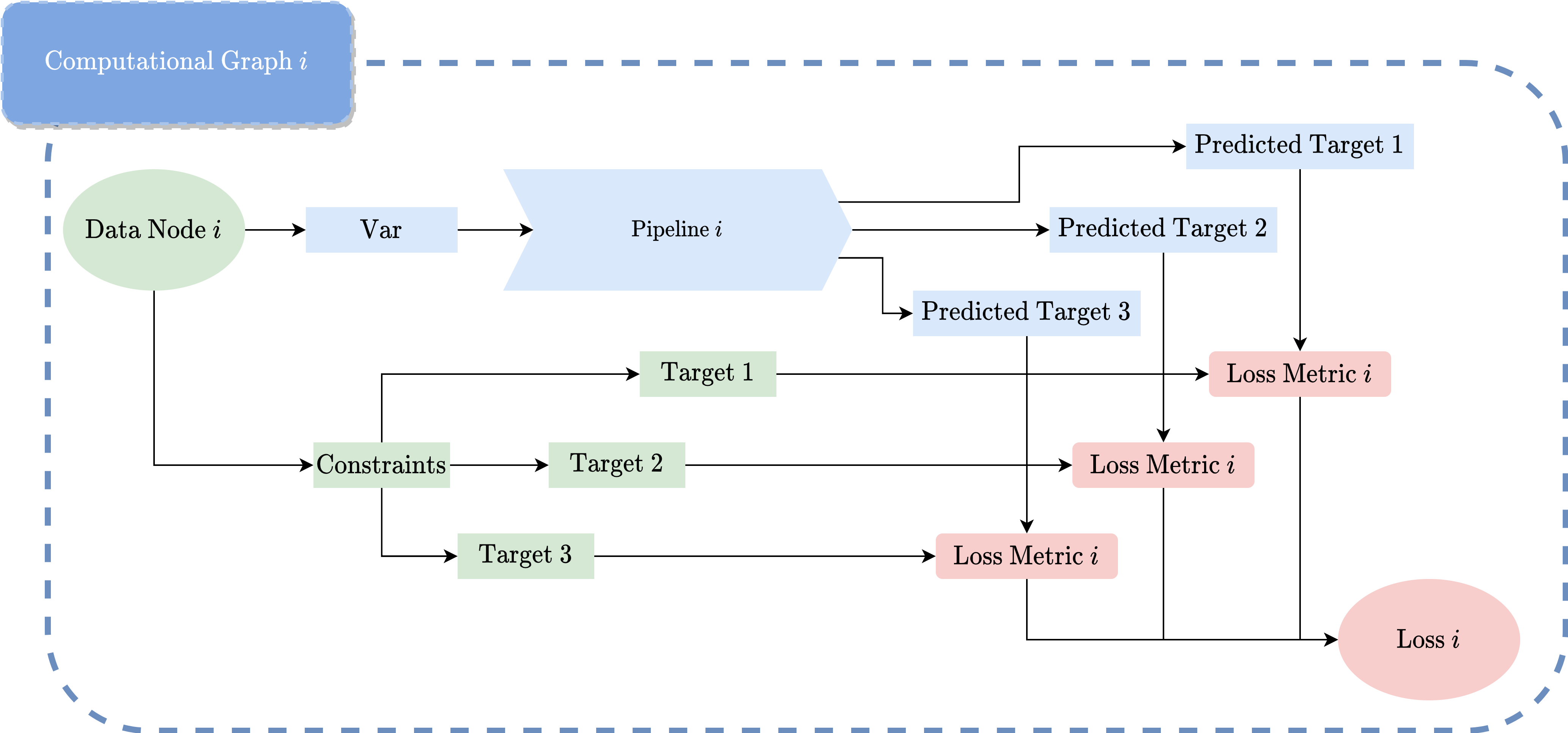forked from idrl/idrlnet
130 lines
4.7 KiB
Markdown
130 lines
4.7 KiB
Markdown
# IDRLnet
|
|
|
|
[](https://www.apache.org/licenses/LICENSE-2.0)
|
|
[](https://python.org)
|
|
[](https://idrlnet.readthedocs.io/en/latest/?badge=latest)
|
|
[](https://badge.fury.io/py/idrlnet)
|
|
[](https://hub.docker.com/r/idrl/idrlnet)
|
|
[](https://www.codefactor.io/repository/github/idrl-lab/idrlnet/overview/master)
|
|
|
|
**IDRLnet** is a machine learning library on top of [PyTorch](https://pytorch.org/). Use IDRLnet if you need a machine learning library that solves both forward and inverse differential equations via physics-informed neural networks (PINN). IDRLnet is a flexible framework inspired by [Nvidia Simnet](https://developer.nvidia.com/simnet>).
|
|
|
|
## Docs
|
|
|
|
- [Full docs](https://idrlnet.readthedocs.io/en/latest/)
|
|
- [Tutorial](https://idrlnet.readthedocs.io/en/latest/user/get_started/tutorial.html)
|
|
- Paper:
|
|
- IDRLnet: A Physics-Informed Neural Network Library. [arXiv](https://arxiv.org/abs/2107.04320)
|
|
|
|
## Installation
|
|
|
|
Choose one of the following installation methods.
|
|
|
|
### PyPI
|
|
|
|
Simple installation from PyPI.
|
|
|
|
```bash
|
|
pip install -U idrlnet
|
|
```
|
|
|
|
Note: To avoid version conflicts, please use some tools to create a virtual environment first.
|
|
|
|
### Docker
|
|
|
|
Pull latest docker image from Dockerhub.
|
|
|
|
```bash
|
|
docker pull idrl/idrlnet:latest
|
|
docker run -it idrl/idrlnet:latest bash
|
|
|
|
```
|
|
|
|
Note: Available tags can be found in [Dockerhub](https://hub.docker.com/repository/docker/idrl/idrlnet).
|
|
|
|
### Anaconda
|
|
|
|
```bash
|
|
conda create -n idrlnet_dev python=3.8 -y
|
|
conda activate idrlnet_dev
|
|
pip install idrlnet
|
|
```
|
|
|
|
### From Source
|
|
|
|
```
|
|
git clone https://github.com/idrl-lab/idrlnet
|
|
cd idrlnet
|
|
pip install -e .
|
|
```
|
|
|
|
|
|
## Features
|
|
|
|
IDRLnet supports
|
|
|
|
- complex domain geometries without mesh generation. Provided geometries include interval, triangle, rectangle, polygon, circle, sphere... Other geometries can be constructed using three boolean operations: union, difference, and intersection;
|
|

|
|
|
|
- sampling in the interior of the defined geometry or on the boundary with given conditions.
|
|
|
|
- enables the user code to be structured. Data sources, operations, constraints are all represented by ``Node``. The graph will be automatically constructed via label symbols of each node. Getting rid of the explicit construction via explicit expressions, users model problems more naturally.
|
|
|
|
- builds computational graph automatically;
|
|
|
|

|
|
|
|
- user-defined callbacks;
|
|
|
|

|
|
|
|
- solving variational minimization problem;
|
|
<img src="https://raw.githubusercontent.com/weipeng0098/picture/master/20210617082331.gif" alt="miniface" style="zoom:33%;" />
|
|
|
|
- solving integral differential equation;
|
|
|
|
- adaptive resampling;
|
|
|
|
- recover unknown parameters of PDEs from noisy measurement data.
|
|
|
|
It is also easy to customize IDRLnet to meet new demands.
|
|
|
|
- Main Dependencies
|
|
|
|
- [Matplotlib](https://matplotlib.org/)
|
|
- [NumPy](http://www.numpy.org/)
|
|
- [Sympy](https://https://www.sympy.org/)==1.5.1
|
|
- [pytorch](https://www.tensorflow.org/)>=1.7.0
|
|
|
|
## Contributing to IDRLnet
|
|
|
|
First off, thanks for taking the time to contribute!
|
|
|
|
- **Reporting bugs.** To report a bug, simply open an issue in the GitHub "Issues" section.
|
|
|
|
- **Suggesting enhancements.** To submit an enhancement suggestion for IDRLnet, including completely new features and minor improvements to existing functionality, let us know by opening an issue.
|
|
|
|
- **Pull requests.** If you made improvements to IDRLnet, fixed a bug, or had a new example, feel free to send us a pull-request.
|
|
|
|
- **Asking questions.** To get help on how to use IDRLnet or its functionalities, you can as well open an issue.
|
|
|
|
- **Answering questions.** If you know the answer to any question in the "Issues", you are welcomed to answer.
|
|
|
|
## The Team
|
|
|
|
IDRLnet was originally developed by IDRL lab.
|
|
|
|
## Citation
|
|
Feel free to cite this library.
|
|
|
|
```bibtex
|
|
@article{peng2021idrlnet,
|
|
title={IDRLnet: A Physics-Informed Neural Network Library},
|
|
author={Wei Peng and Jun Zhang and Weien Zhou and Xiaoyu Zhao and Wen Yao and Xiaoqian Chen},
|
|
year={2021},
|
|
eprint={2107.04320},
|
|
archivePrefix={arXiv},
|
|
primaryClass={cs.LG}
|
|
}
|
|
```
|